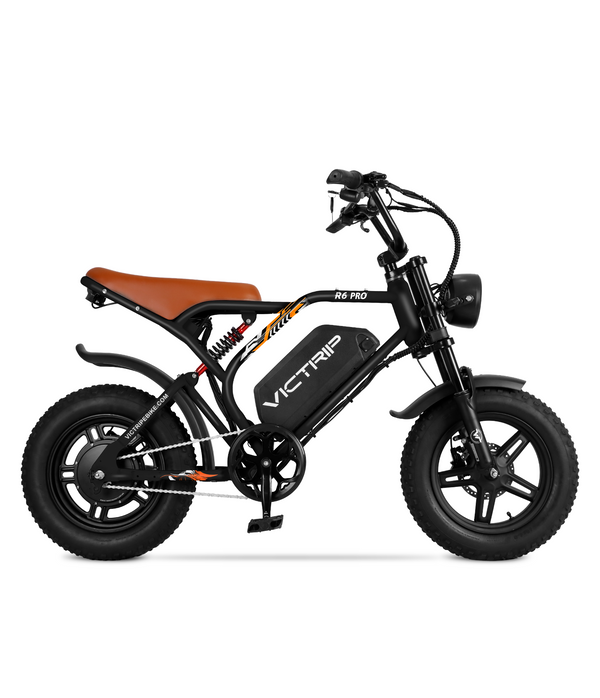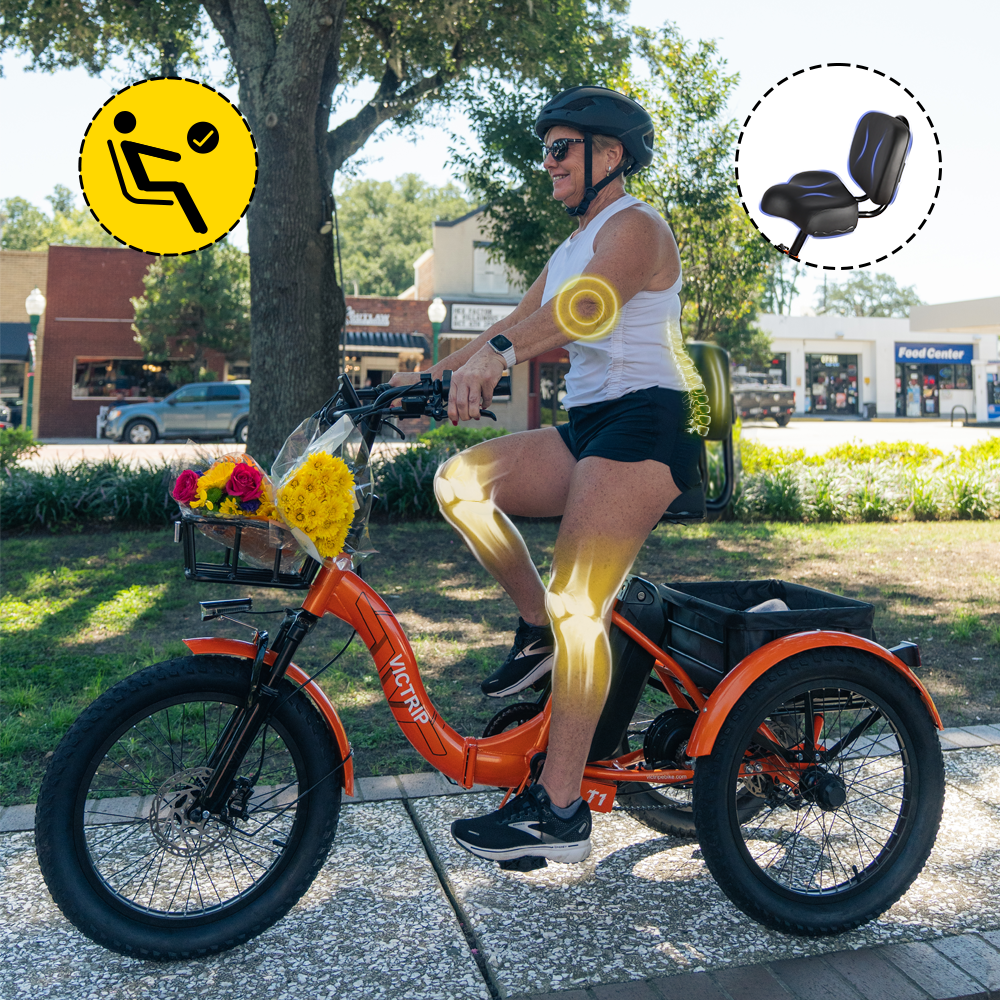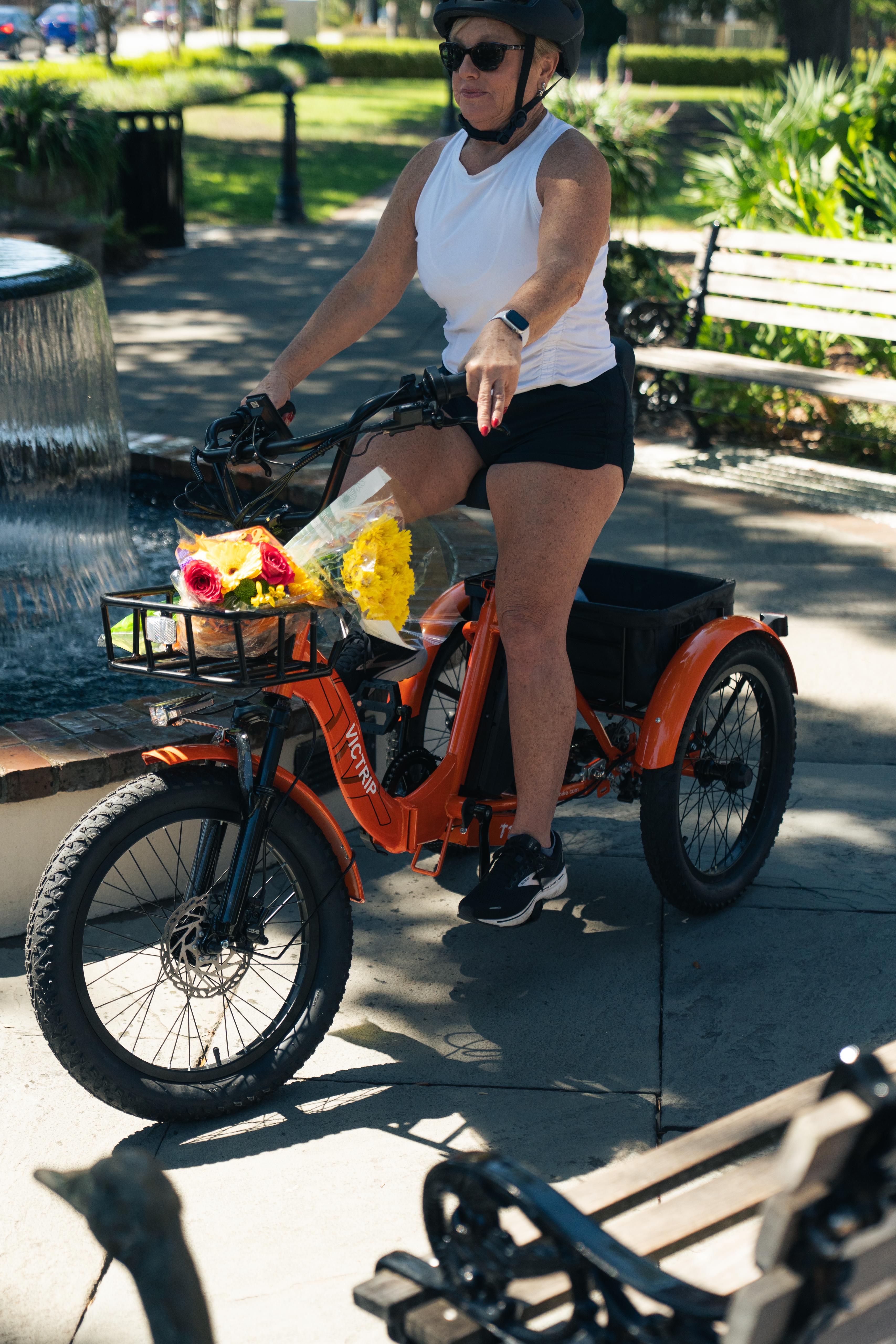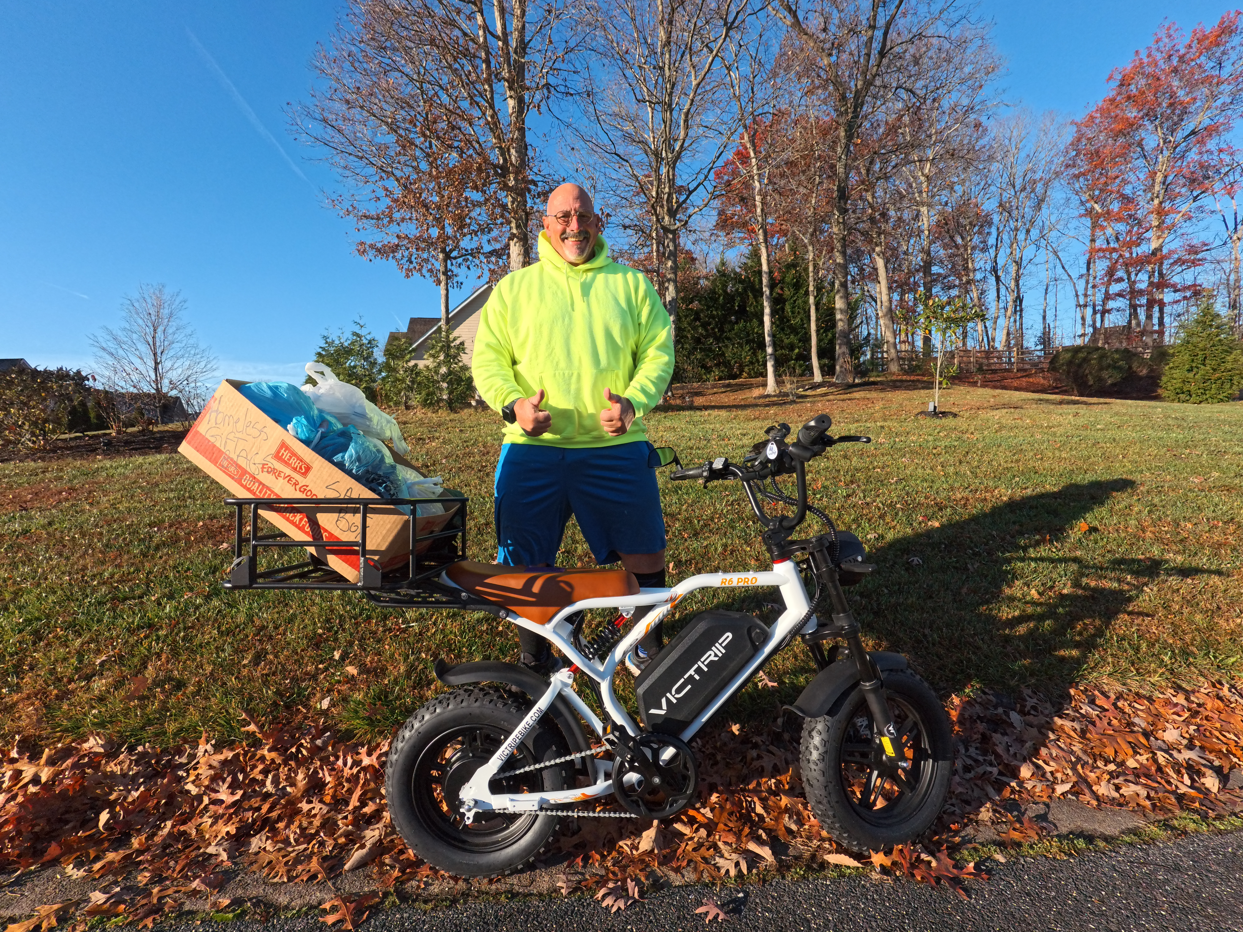What Are the Most Durable Ebike Components? + Ultimate 12 — durability matters because an e-bike is an investment you want to keep on the road for years. In this guide we'll look at the parts that wear fastest, the parts that last longest, and the tradeoffs you should know. We'll focus on motors, batteries, frames, wheels, drivetrains, brakes, suspension, and small wear items (saddles, pedals, grips). You'll also get practical maintenance tips so your bike ages well.

A few headline facts to keep in your pocket as you read: most lithium-ion e-bike batteries are rated for roughly 500–1,000 full charge cycles (roughly 3–5 years in typical use); hub motors are simple and generally durable, while mid-drive motors put more strain on drivetrain parts but help with climbing and efficiency; aluminum frames dominate the market for their light weight and cost, while steel and titanium offer different durability/repair advantages.
Understanding Ebike Components
Before we dive deep, let's name the parts so we're on the same page: motor, battery, frame, fork, wheels, tires, drivetrain (chain, cassette, derailleurs or hub gears), brakes, suspension, cockpit (handlebars, grips), saddle, pedals, and electronics (display, controller, sensors).
Each component has different failure modes. Some fail from wear (chain stretch, brake pad wear). Some fail from environment (corrosion, water ingress). Some fail from battery chemistry and charging habits. Put simply: durability is a mix of materials, engineering, use, and care.
Motors: Hub vs Mid-Drive — Which Lasts Longer?
Two main motor types appear on e-bikes: hub motors (rear or front hub) and mid-drive motors (mounted at the crank).
Why hub motors are durable
-
Hub motors have fewer exposed moving parts and are often sealed inside the wheel hub. That makes them robust in wet, salty, or dusty conditions. They're simple and generally low-maintenance.
Why mid-drive motors can be tougher on some parts
-
Mid-drive motors put power through the bike's chain and gears. That gives better hill-climbing and efficiency, but it increases wear on drivetrain parts (chain, cassette, chainring). So mid-drive motors are durable, but they shift the wear to other components.
Read More: Hub Drive vs Mid Drive: Which eBike Motor Is Better?
Practical rule of thumb
-
If you want “fit-and-forget” robustness for casual city rides, a well-built hub motor is a strong candidate. If you need climbing power, range efficiency, and don’t mind changing chains and cassettes more often, mid-drive often gives a better ride.
Battery Technologies and Longevity
Batteries are often the single most expensive replaceable component on an e-bike. Most modern e-bikes use lithium-ion packs with a battery management system (BMS).
Typical lifespan
-
A typical lithium-ion e-bike battery tolerates about 500–1,000 full charge cycles, which in real life commonly translates to around 3–5 years of typical use. Proper care can push that longer.
How cycles translate to years
-
If you ride and charge in a way that uses one full cycle per week, 500 cycles is roughly 10 months; if your use leads to one full cycle every two weeks, that's roughly 2–3 years. Many riders fall in the 3–5 year range.
What reduces battery life
-
Full depth of discharge, high charge voltages, high temperature exposure, and prolonged storage at 0% or 100% can all accelerate capacity loss. Battery University explains how small changes in peak voltage and storage condition can multiply cycle life.
How to get longer life
-
Don’t store at 100% charge for long periods. Avoid extreme heat. If storing long term, keep the pack at around 40–60%. Use partial charges rather than repeated full deep discharges when possible.
Frame Materials and Their Durability
Frame choice affects weight, ride feel, repairability, and long-term durability. The common materials are aluminum, steel, carbon fiber, and titanium.
Aluminum
-
Pros: lightweight for the price, corrosion resistant if painted, common and affordable.
-
Cons: can be more brittle than steel; repeated shock or fatigue fractures are possible in poorly designed frames. Aluminum frames are usually heat-treated to enhance strength.
Steel
-
Pros: very repairable (welding), durable under repetitive stress, offers a forgiving ride thanks to natural flex.
-
Cons: heavier, can rust if not well protected. For long haul touring or heavy cargo use, steel frames are often prized for longevity.
Carbon fiber
-
Pros: very light, excellent strength-to-weight ratios, tunable stiffness.
-
Cons: can be damaged by impacts that leave no visible crack; repairs are possible but specialists are required. Carbon's longevity depends heavily on manufacturing quality and impact history.
Titanium
-
Pros: excellent fatigue life, corrosion proof, comfortable ride, and highly durable.
-
Cons: expensive and less common.
Practical pick
-
For most daily e-bike riders, aluminum offers the best balance of cost, weight, and durability. For heavy loads or frequent long tours, steel or titanium frames are excellent for long life and reparability.
Wheels and Tires: Endurance Matters
Wheels take a beating. Spokes, rims, and hubs see repeated loads and impacts. Tires provide traction but are the part you replace most often.
Wheel durability factors
-
Quality of rim alloy, spoke gauge, spoke count, and proper wheel building matter more than fancy carbon. Cargo and heavy riders put more stress on spokes — hub motors can also introduce torsional loads that stress spokes more than non-motor wheels.
Tire choices
-
For commuting, choose puncture-resistant tires with reflective sidewalls and good tread for wet roads. For mixed terrain, go for semi-slicks with puncture belts. For rough off-road, wider knobs are appropriate.
Quick tips
-
Keep correct tire pressure. Low pressure increases pinch flats and rim damage. Rotate tires if wear is uneven.
TOP PICK

VICTRIP®R6 Pro 1500W Moped Style EBike
Drivetrain Components — Chains, Cassettes, and Gear Hubs
Drivetrain wear is a major replacement cost after the battery. Which parts last depends on drivetrain type.
Derailleur systems
-
Common on many e-bikes. Chains and cassettes wear with torque and mileage. Mid-drive systems accelerate chain wear because they put motor torque through the chain. Expect to replace chains more often under heavy motor use.
Internal gear hubs
-
Offer sealed gears with lower maintenance and better longevity from an environmental standpoint. They are heavier and more complex to service when something does go wrong, but for commuters who want low maintenance, internal gear hubs are an excellent durable option.
Maintenance matters
-
Regular cleaning, lubrication, and adjustment extend chain life a lot. A stretched chain can ruin an otherwise-good cassette — replace it in time.
Braking Systems for Long-Term Use
Most modern e-bikes use disc brakes. The big question is hydraulic vs mechanical.
Hydraulic disc brakes
-
Generally provide stronger, more consistent stopping power and self-adjust as pads wear. They are more resistant to dirt and moisture because the system is sealed, and many riders find them more reliable under heavy use — though they’re more complex to service. Mechanical disc brakes
-
Easier and cheaper to maintain (cable replacement, pad adjustments) but can be more susceptible to environmental wear and need more frequent tuning.
Which lasts longer?
-
Hydraulic systems often last longer in the field because of their sealed nature, but pads and rotors still wear and need periodic replacement.
Suspension Components: Forks and Shocks
Suspension improves comfort but adds maintenance. Cheap suspension forks may feel fine at first but lose damping and develop play with time.
Durability tips
-
Choose reputable suspension brands if you rely on suspension daily. Service seals and oil at recommended intervals. For heavy commuting on smooth roads, a rigid fork lasts longer and offers fewer failure points.
Accessories and Wearable Components
Small items add up: grips, saddles, pedals, lights. They wear faster because they’re low cost and take surface abuse.
Saddles and grips
-
Replace cheaply and often to keep comfort high. Leather or water-resistant options can outlast low-end foam.
Pedals
-
Metal body, sealed bearings, and replaceable pins last much longer than plastic pedals.
Electronics & displays
-
Keep them covered from sun and rain when possible. A BMS and quality controller greatly influence battery and motor longevity.
Maintenance Tips to Extend Component Life (Practical Checklist)
Here’s a simple yearly plan you can follow:
-
Daily/weekly: Wipe down the bike, check tire pressure, check brakes and lights.
-
Monthly: Clean and lube chain (or check hub-gear oil), inspect spokes, clean connectors and display.
-
Every 6 months: Tune drivetrain, check bottom bracket and headset play, inspect fork seals.
-
Battery care: Store at ~40–60% if not riding for weeks. Avoid extreme heat. Don’t habitually charge to 100% unless needed.
Small, regular actions prevent catastrophic failures and preserve resale value.
Signs a Component Needs Replacement (Don’t Wait)
-
Battery: Rapid drop in range, BMS warnings, or physical swelling.
-
Motor: Strange grinding noises, loss of power, or overheating more than usual.
-
Frame: Hairline cracks, especially near welds or high-stress areas.
-
Wheels: Bent rims, broken spokes, or frequent loss of true.
-
Drivetrain: Skipping gears, visible chain stretch, worn cassette teeth.
-
Brakes: Squeal, reduced stopping power, or grooved rotors.
Catch these early and you’ll save money and avoid unsafe failures.
Comparison Table — Durable Choices at a Glance
| Component | Durable Option | When to choose it | Durability notes |
|---|---|---|---|
| Motor | Hub motor | City rides, low maintenance | Sealed, fewer moving parts. |
| Battery | Quality Li-ion with good BMS | Daily riders who want long life | 500–1000 cycles typical. |
| Frame | Aluminum or steel | Aluminum = light; steel = repairable | Titanium for premium longevity. |
| Brakes | Hydraulic discs | Heavy riders, variable conditions | More consistent, sealed system. |
| Drivetrain | Internal gear hub or well-maintained derailleur | Commuters prefer hub; sport riders prefer derailleur | Mid-drive increases chain wear. |
| Wheels | Alloy rims, higher spoke count | Cargo or heavy riders | Hub motors can stress spokes more. |
Conclusion — Final Recommendations
What Are the Most Durable Ebike Components? + Ultimate 12 — in short: focus your budget and care on the battery, motor type that fits your use, a solid frame, quality wheels, and hydraulic brakes if you ride in mixed or harsh conditions. For low-maintenance commuting, a hub motor with an aluminum frame and internal gear hub is a great durable combo. For performance and hill climbing, a mid-drive motor with a diligent drivetrain maintenance schedule works well.
Invest in a good BMS and learn simple maintenance (tire pressure, chain lube, battery storage). Those habits alone will often double the practical life of many components.
FAQs
How long will an e-bike battery last in real life?
Most modern e-bike batteries last about 3–5 years or 500–1,000 full cycles under normal use with decent care. Proper charging, temperature control, and storage extend this.
Are hub motors more durable than mid-drive?
Hub motors are typically simpler and more sealed, so they’re often more durable in poor weather and low-maintenance contexts. Mid-drive motors are durable too, but they increase wear on the chain and cassette by routing motor torque through the drivetrain.
Should I get hydraulic or mechanical disc brakes for longevity?
Hydraulic systems tend to be more consistent and resistant to contaminants, which often results in better long-term performance; mechanical brakes are easier and cheaper to service yourself.
Which frame material lasts the longest?
Titanium and steel have fantastic fatigue life and reparability. Aluminum is common and lasts many years when well designed. Carbon is durable but requires care after impacts.
Do internal gear hubs really last longer than derailleurs?
In many commuter use cases, yes — internal gear hubs are sealed and need less frequent attention, though when service is needed it can be costlier. Properly maintained derailleur systems perform well too, especially for sporty riders.
How can I get the best value for long-term ownership?
Buy quality where it matters — battery, motor, and frame — and maintain consumables (tires, chain, brake pads). Spending a little more up front on reputable components often saves money over years.




Share:
VICTRIP Titan S eBike: 1500W Motor, 180-Mile Range, and Foldable Design
Do You Need a License for a Moped